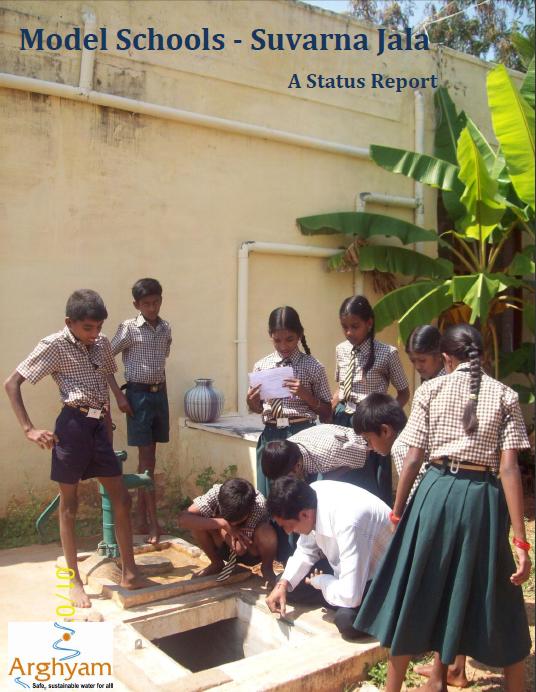Sanitation and Hygiene
Misguided debate continues to shape sanitation crisis
Posted on 22 Nov, 2014 10:30 AMA study is now circulating about how more people in India have access to cell phones than latrines. This lit up the blogosphere and Twitter – sector professionals and advocates are both dumbfounded and outraged that something so central to health and development as a toilet is being numerically lapped by something so trivial/consumerist as a cell phone. This affront has led to yet further calls for "action": more money for toilets and greater commitments to sanitation provision from aid agencies, governments, and NGOs who too often prioritize water over sanitation.
The global water tool by the World Business Council for Sustainable Development WBCSD
Posted on 22 Nov, 2014 10:30 AMThe WBCSD's Global Water Tool, launched at World Water Week 2007 in Stockholm and updated in 2009 for the
CommunityLed Total Sanitation CLTS Newsletter for December 2010 82 rural India still lacks basic amenities
Posted on 22 Nov, 2014 10:30 AMArticle and Image Courtesy: Community Led Total Sanitation (CLTS)
 Community-Led Total Sanitation (CLTS) is an innovative methodology for mobilising communities to completely eliminate open defecation (OD).
Community-Led Total Sanitation (CLTS) is an innovative methodology for mobilising communities to completely eliminate open defecation (OD).
Sustainable Sanitation and Water Management SSWM toolbox launched
Posted on 22 Nov, 2014 10:30 AMsswm.info – On November 1st, the Sustainable Sanitation and Water Management toolbox went online.
News roundup 1622 November 2010
Posted on 22 Nov, 2014 10:30 AMSanitation/Wastewater
- India tops the list of nations lacking toilets
- India hunts for a Rural Toilet Design, 1000 Euros up for grabs
- 82% of rural India deprived of three basic necessities of life — tapped drinking water, electricity connection and sanitation
- There are 700 million cell phone connections in India, but only half this number of Indians have access to private toilets, says a UN study
Water Supply and Sanitation India Assessment A WHO-UNICEF sponsored study by the Planning Commission of India
Posted on 22 Nov, 2014 10:30 AMThis country-level report on the assessment of drinking water supply and sanitation in India is the result of a collaborative exercise between the Planning Commission of India, the World Health Organization (WHO), and the
New and improved WSSCC website
Posted on 22 Nov, 2014 10:30 AMArticle and Image Courtesy: Water supply and Sanitation Collaborative Council

We are pleased to announce the new and improved, your entry point into the online world of the Water Supply and Sanitation Collaborative Council.
News roundup 815 November 2010 India proposes a new emission check system and News roundup on the floods
Posted on 22 Nov, 2014 10:30 AMClimate Change
Environment
Evaluation of sanitation and wastewater treatment technologies: Case studies from India
Posted on 22 Nov, 2014 10:30 AMThe sanitation systems studied are spread across the country. The study goes to Pratapnagar in Bihar to evaluate the success of the septic tank to Asalthpur in Uttar Pradesh to study the Ecosan (UDDT) toilet. Other locations in India include Maharashtra, Gujarat, Kerala.
Model Schools: Suvarna Jala - A status report by Arghyam 2009
Posted on 22 Nov, 2014 10:30 AM This is a status report of Arghyam's sponsored efforts to develop and showcase community managed water and sanitation systems in 17 schools of 7 districts of Karnataka.
This is a status report of Arghyam's sponsored efforts to develop and showcase community managed water and sanitation systems in 17 schools of 7 districts of Karnataka.
The Government of Karnataka through its Suvarna Jala Yojana aims at providing drinking water in 23,683 rural government schools. This was funded to the tune of Rs 7735 lakh. Arghyam conducted a survey of this scheme in 2007 in 7 districts to ascertain the status of the scheme. The survey found out that out of the 1269 rainwater harvesting structures completed by November 2006 only 140 structures were functional.{C}





